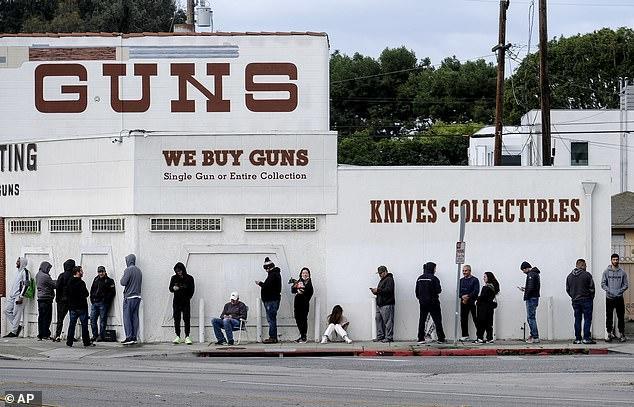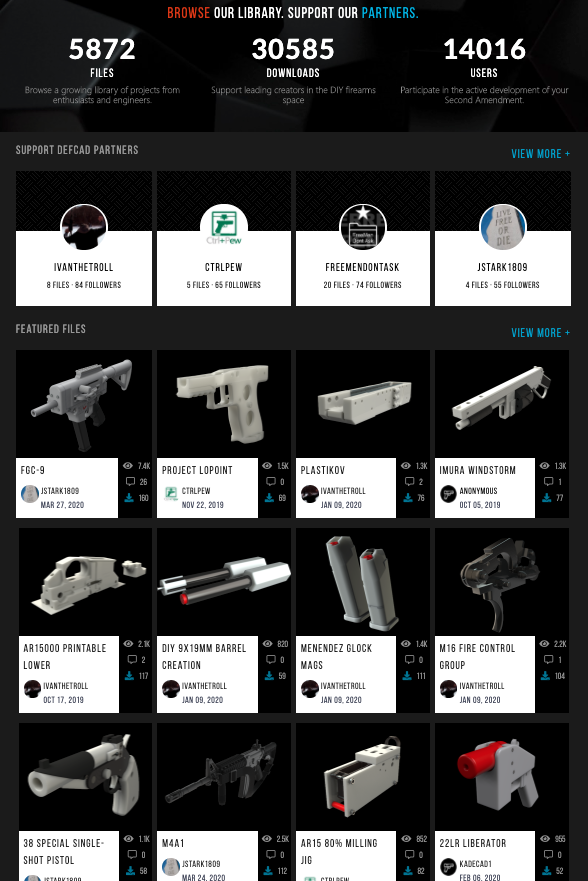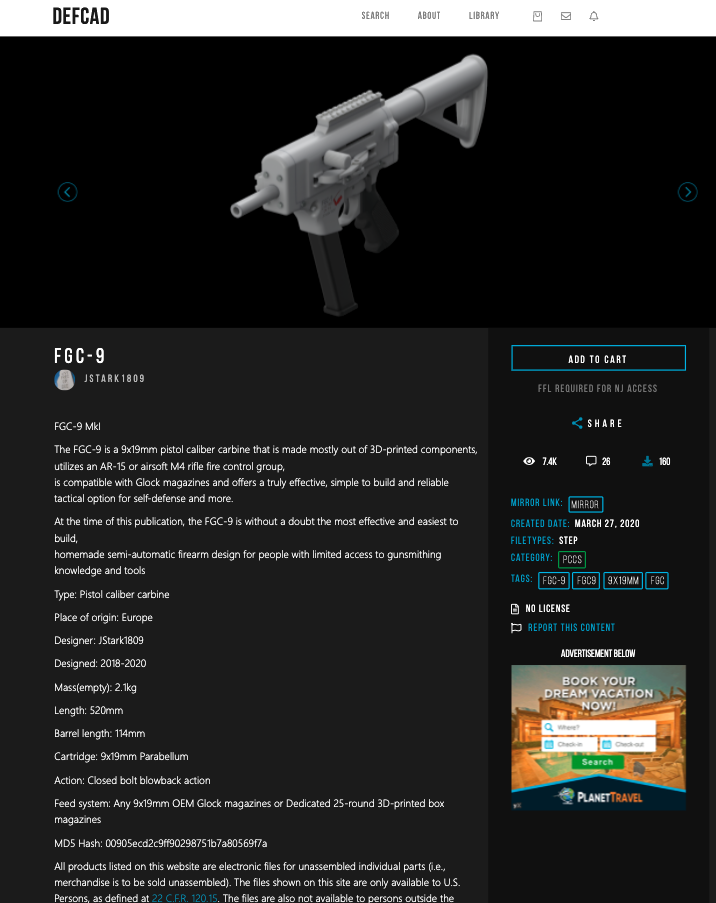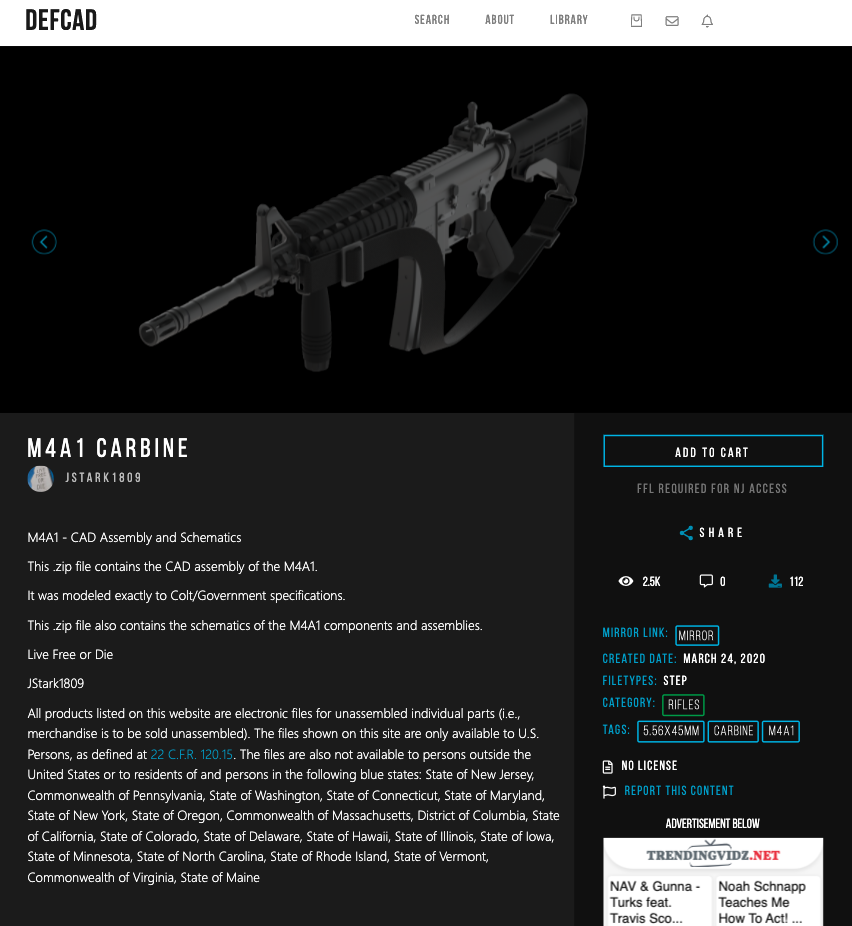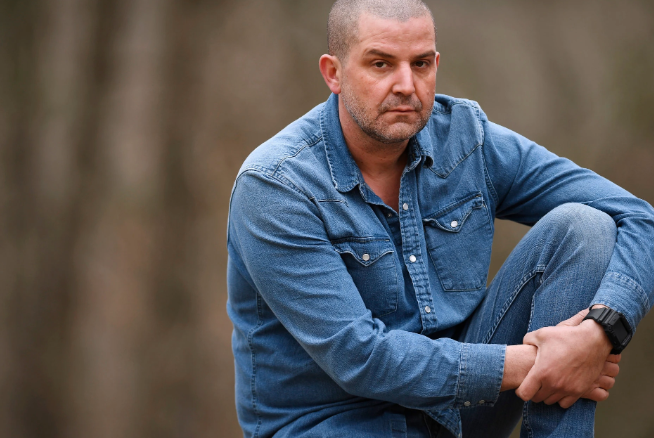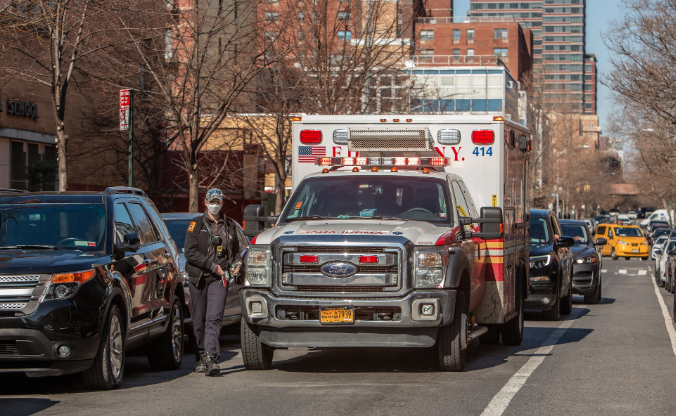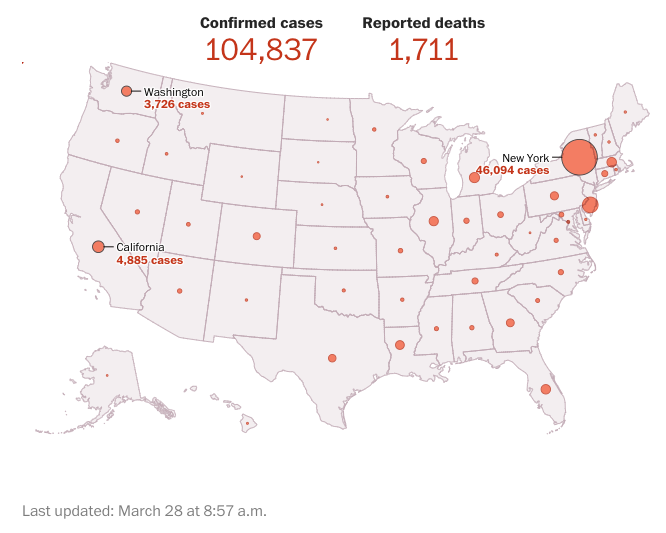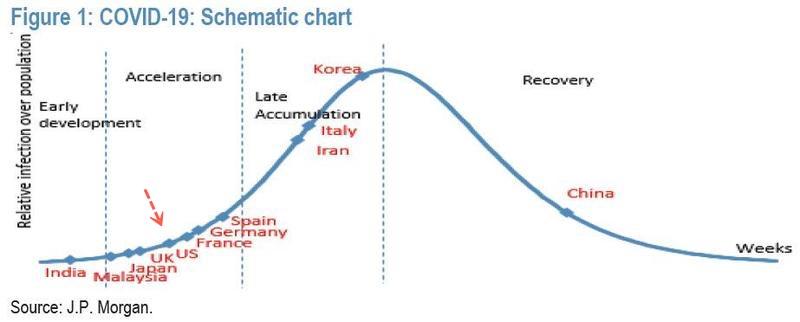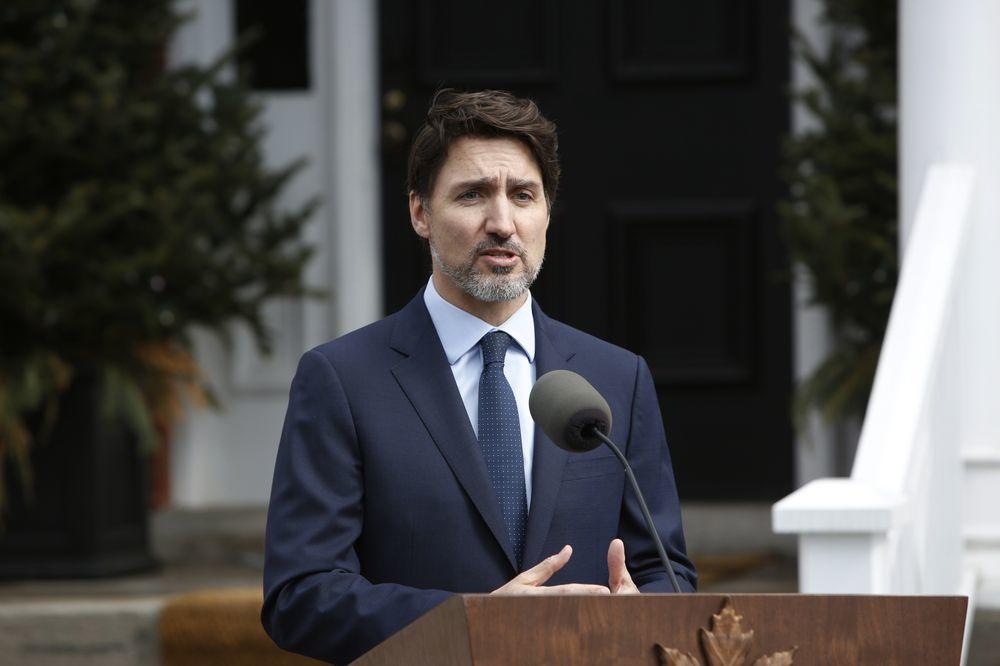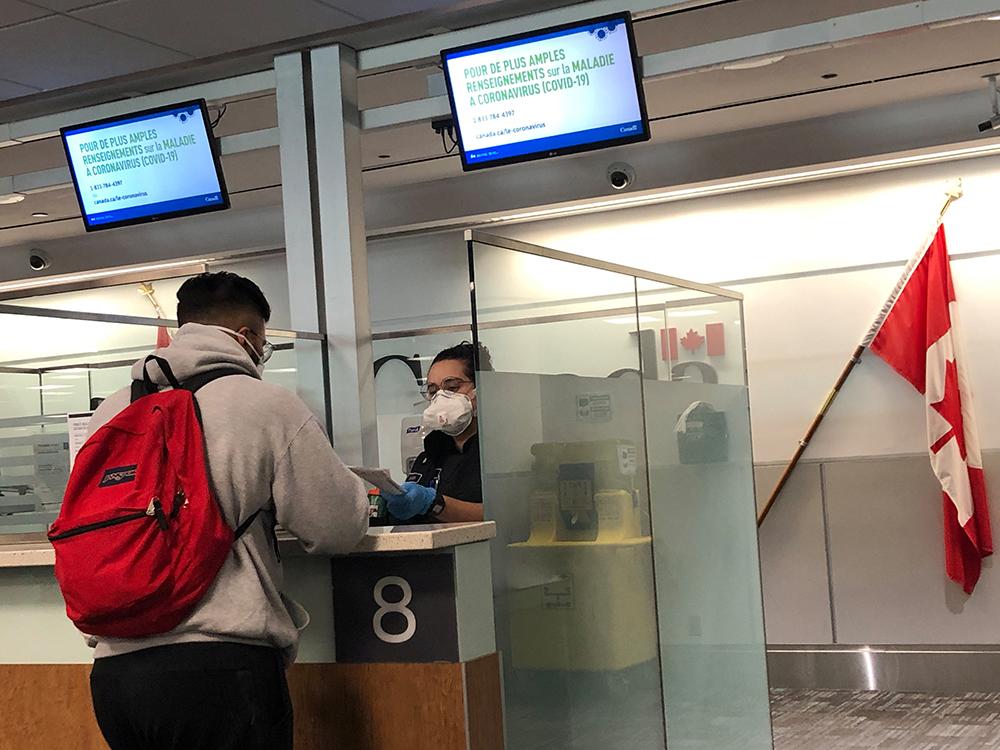As States Shutter Gun Stores Amid Surging Demand, Rights Activist Launches “Netflix For 3-D Guns”
Cody Wilson, the self-described anarchist and leader of the 3D-printed gun movement, is absolutely bat sh*t crazy. He released a new promo video, highlighting several ghost guns, himself wearing a 3M N-95 virus mask, and at the end of the video, Wilson takes a bow at the Fannin Memorial Monument in Texas.
Wilson has pioneered the technology and know-how behind developing plastic guns with three-dimensional printers, something gun-control advocates and the US government are absolutely terrified about.
He is the founder of “Defense Distributed” and “Defcad,” which have had many legal disputes with the federal government over not just the production of the 3D printed weapon parts, but also the right to share the blueprints online.
For the third time, Wilson has released 3D weapon blueprints to the public:
“This was the third time he [Wilson] has released such files, but the first time he has abided by US foreign export controls online, using what he said are digital verification tools to ensure legal file downloads,” The Wall Street Journal said.
Wilson told The Journal that the latest release of blueprints for 3-D weapons would be “impervious” to legal challenge and would allow the public to access the files for a small fee.
For a yearly subscription fee of $50, or about $4.16 per month, anyone can have access to the “Netflix for 3-D guns” service. This means anyone with a 3-D printer can print a weapon in their garage.
The debut of Wilson’s “Netflix for 3-D guns” service comes as gun stores across the country are seeing a massive influx of people who want guns and ammunition amid a pandemic that is worsening by the day. Reports have indicated that specific weapons and a wide range of ammo have sold out as states are shuttering stores.
Gun advocates have denounced Wilson’s latest move, saying it will lead to the proliferation of 3-D printed weapons. Guns that are printed don’t have a serial number and are considered “ghost guns,” mostly because the government cannot track them.
“The biggest concern with 3-D-printed guns and the technical data for them is that they’re not traceable,” said Kelly Sampson, counsel at Brady: United Against Gun Violence, a gun-control group. “It’s a huge loophole and opportunity for people who would otherwise be unable to access firearms to be able to do so.”
Wilson said he’s fighting the government’s attempt to limit freedoms of Americans and expects anyone that agrees with him to download weapon blueprints not necessarily to print the guns, but “as a form of internal resistance.”
“For me, this is a political battle,” he said.
Wilson has been in a protracted legal battle with the federal government, and in 2018 won the case when the State Department authorized him to distribute 3-D weapon blueprints online by issuing Defense Distributed a license to do so.
Another lawsuit was brought against Wilson by the Seattle federal court last year, which recently forced Defense Distributed to offer the blueprints behind “four levels of security, including IP geolocation and proxy detection and technology developed for credit bureaus and anti-money-laundering specialists” on the website, the Journal noted.
“The internet is not an airtight, hack-proof system,” Sampson said. “Even some of our most secure databases are vulnerable. It’s not quite living in reality to assume that you can 100% secure information that’s online.”
Wilson said his new “Netflix for 3-D guns” service is “complaint” with the federal government but can’t prevent people who downloaded blueprints from sharing them online. “I can only tell them that it’s against the law to do so,” he added.
On Wilson’s Defcad website, 5,872 files have been made available, with over 30,585 downloads from 14,016 users.
One weapon that a millennial in their parent’s basement can print is called the FGC-9. The gun is a “9x19mm pistol caliber carbine that is made mostly out of 3D-printed components, utilizes an AR-15 or airsoft M4 rifle fire control group, is compatible with Glock magazines and offers a truly effective, simple to build and reliable tactical option for self-defense and more,” the website said.
Another weapon to print is the M4A1 Carbine.
The next big trend that could soon be underway in a pandemic is people printing guns at home.
Tyler Durden
Sun, 03/29/2020 – 22:40
via ZeroHedge News https://ift.tt/2QVeGSx Tyler Durden
